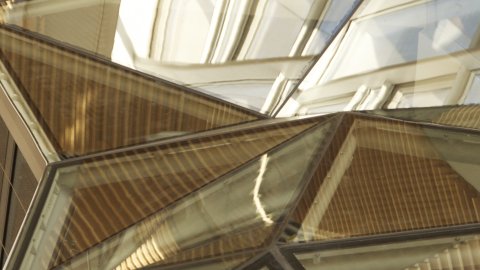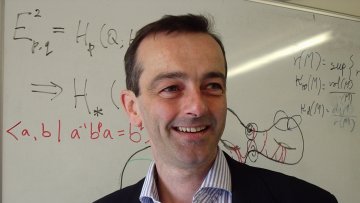The Topology of Brain cells
Abstract
In my talk I will discuss the use of topological methods in the analysis of neural data. I will show how to obtain good state spaces for Head Direction Cells and Grid Cells. Topological decoding shows how neural firing patterns determine behaviour. This is a local to global situation which gives rise to some reflections.



